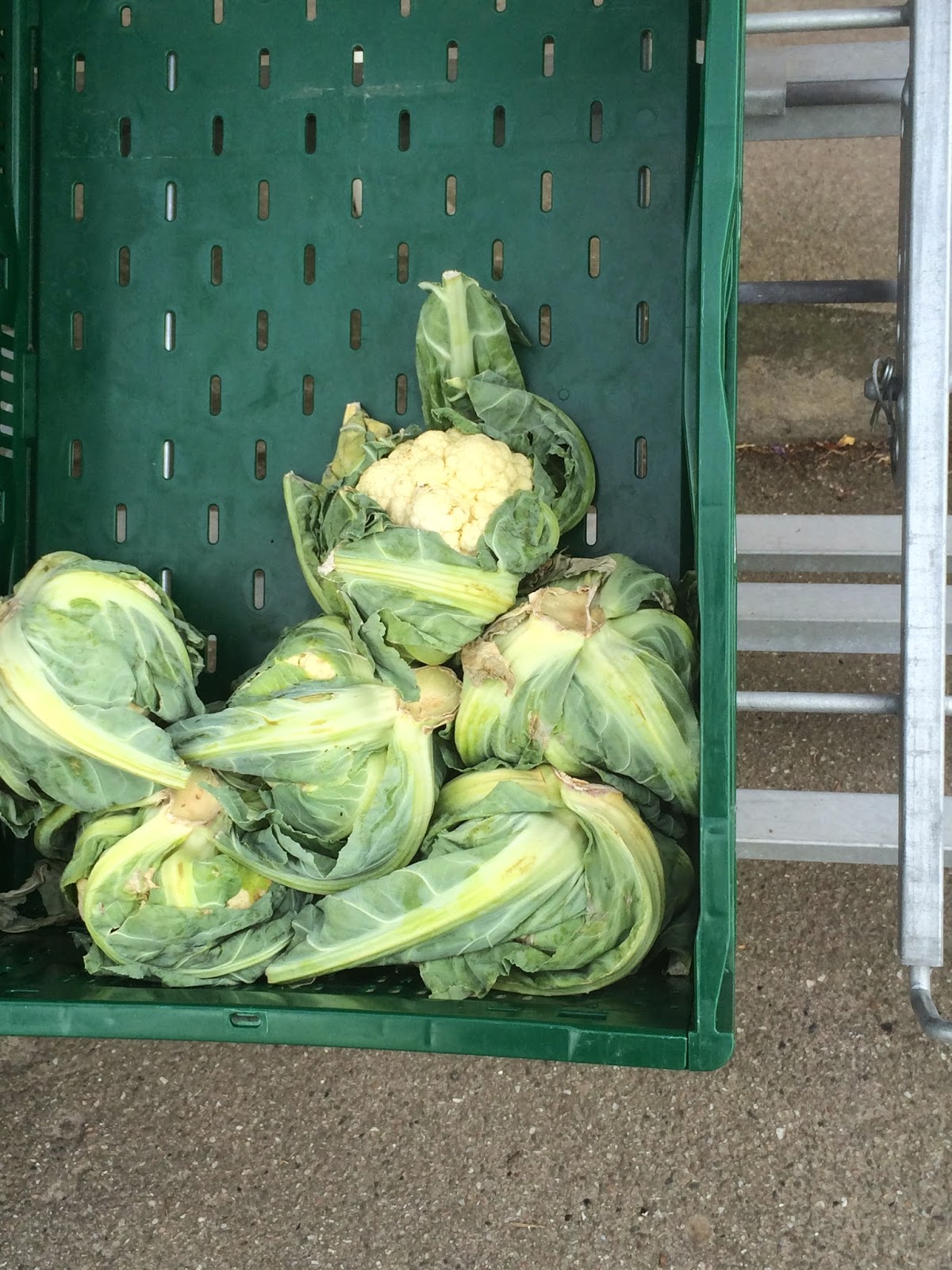The Road Less Traveled By — Part 2
“I see it all perfectly; there are two
possible situations — one can either do this or that. My honest opinion and my
friendly advice is this: do it or do not do it — you will regret both.”
― Søren Kierkegaard*
― Søren Kierkegaard*
Our four biking excursions have each been
a combination of fun and adventure. We had a lot of fun in Denmark, but for one
day on this trip, we were caught up in quite an adventure.
 |
| Preparing to mount up. Clockwise from bottom right: Phyllis, Audrey, Leah (in purple), Barb, Casey, Patti (in green), and Harvey. |
Oh, yes. We had just completed the
gravel detour taking us from near Egeskov Slot (castle) toward Faaborg. All of
us had been jostled on our arms and bottoms by riding over the loose
rocks—something Audrey particularly hates—and three of us had gone the wrong
way at the noted fork in the road. We were reminded of a Yogi Berra-ism—“When
you come to a fork in the road, take it.”
But the “lost souls” had been found,
and now we were regrouped on a paved road and ready to begin part two of our ride.
We mounted up, and this time I moved near the front of the line. I planned on
staying as close to Lars as possible just in case there was another fork in our
future. We did some ups and downs over hills. I, of course, shifted gears to
help climb more easily; Lars never felt that need. He pedaled steadily and
evenly no matter what the terrain.
We got into such a good rhythm that we
hardly noticed when Lars turned onto another gravel byway. This one moved
steeply downhill and became swift when the gravel gave way to sand and then
slippery when the sand turned a little muddy. Even Lars nearly skidded out on that stretch.
I breathed a sigh when I got through the bad part and reached pavement again.
Then we heard a shout that someone was down. Leah had lost her balance in the
muddy section. Several other bikers stopped to help her up, and one shouted
that she had cut her leg badly on some rocks during the spill.
 |
| Looking out from the first gravel path to see a windmill and wind turbine both creating power. |
The next few minutes were a blur as
various riders searched their belongings to locate some ointment, swabs, and
bandaging materials. Luckily, we had Patti in the troupe. Patti, also from
South Dakota (what are the odds that in a nine-person group from around the country,
two would be from South Dakota?), was an ob/gyn who spends much of her time
working on Indian reservations or going into scary-sounding places in Africa,
and Central and Southern Asia. She even worked one time within shouting distance
of Abbottabad, where Osama bin Laden holed up until the CIA found him. (But I
am getting off the point.) As self-appointed medic (we would gladly have voted
for her), Patti calmed Leah and cleaned her cuts. Then she applied bandaging
and tape. When she was done, no blood was visible, thank goodness. Leah bore up
really well, and even insisted on biking on. Which was a good thing, because
Lars was unable to get any service to contact Per, our driver, to come pick her
up.
[A few weeks after the trip, Leah sent
us all an email noting that her cuts and scrapes were healing fine, but the
pain in her shoulder turned out to be a fractured collarbone. None of that
stopped her. Obviously, she is made of stronger stock than I.)
We were at a crossroads, literally, and started up the road going straight ahead. Our new path had both good and bad qualities.
It was paved (positive) but moved fairly steeply uphill (in my opinion; and,
after all, I’m telling this story). We had gone a little over a mile when Lars thought
something wasn’t right. He reviewed his map and instructions and called a halt.
We needed to head back down and go the other way, he announced. I wasn’t even a
little upset. After all, we would be going mostly downhill this time, even if
we were retracing out steps.
*[Based on the above quote, I would bet that Kierkegaard was
never called “the happy Dane.”]
We got to the bottom, turned left and
kept pedaling. It turned out that we still had a number of miles to go, and
soon I was ready to begin grumbling again. But I was so grateful when Lars
announced that we were only one kilometer away from our hotel, that I stifled
my complaints. And, there it was!
According to an Internet account I
found, the approach to the harbor town of Faaborg by sea is gorgeous. We got
there by land and were covered with sand, mud, a little blood, and lots of
sweat. But that hotel looked gorgeous to me! Tomorrow, we are promised a
shorter day of riding and two ferry boat trips. Piece of cake. . . .
 |
| Our hotel in Faaborg is directly ahead. Note the bike lane on the highway. |








